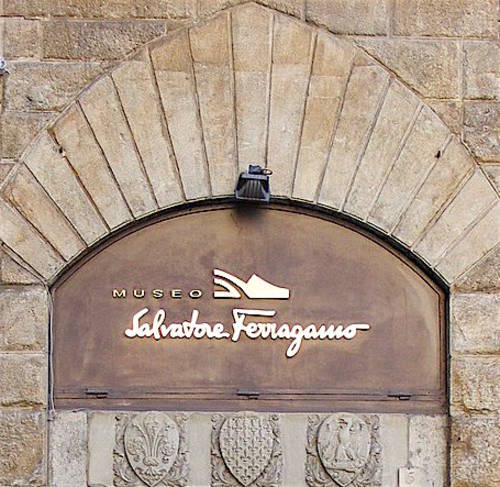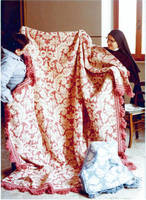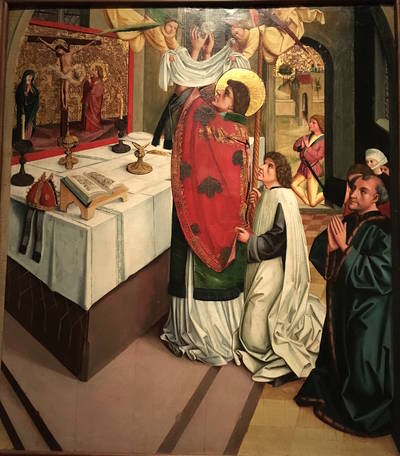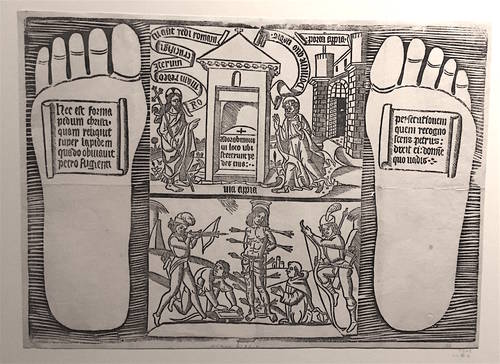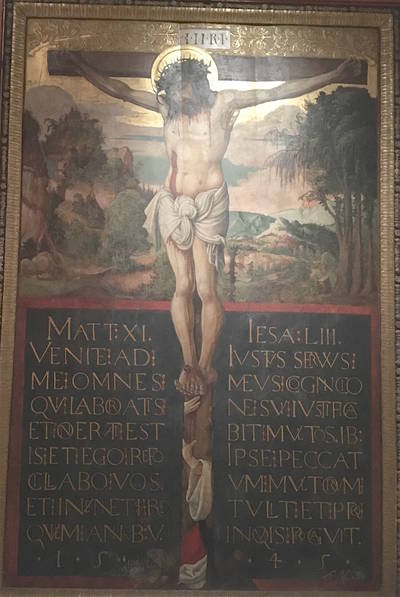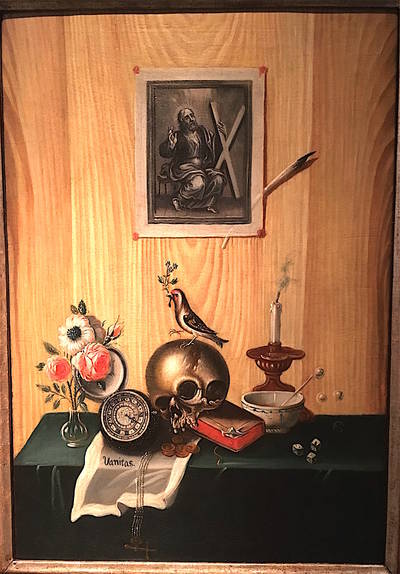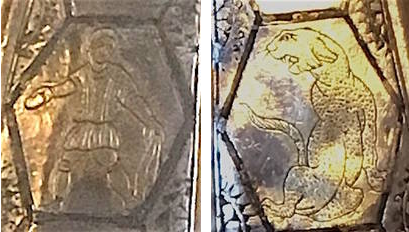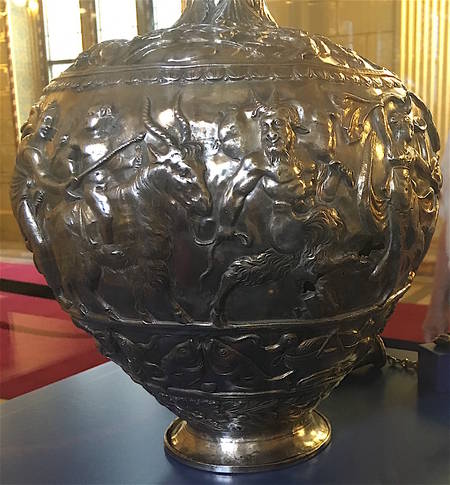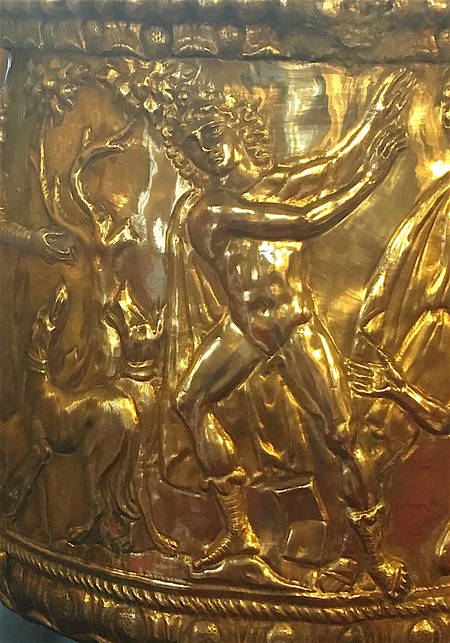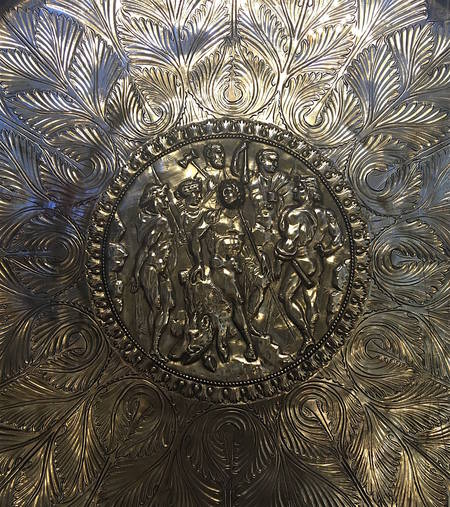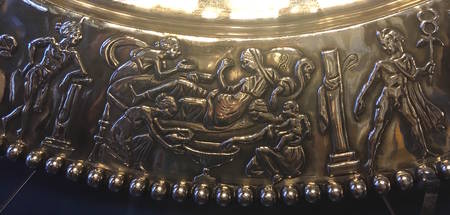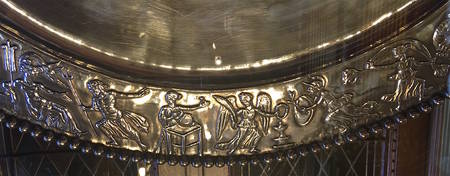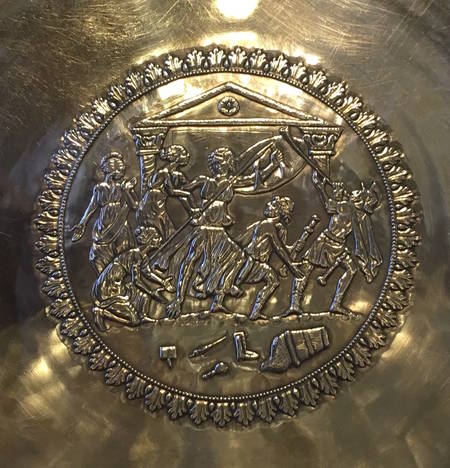Philip Hook: Rogues’ Gallery: A History of Art and its Dealers. Profile Books, London, 2017.
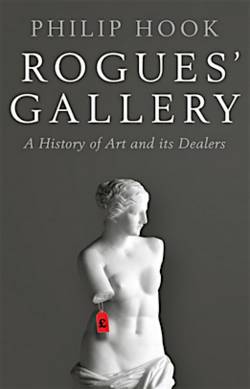
In May 2017, I visited the Isabella Stewart Gardner Museum in Boston for the second time. Housed in a neo-Renaissance palazzo with courtyards and galleries, it is crammed—one might say cluttered—with the extraordinary collection of Mrs Gardner, accumulated with her vast wealth before her death in 1924. There are special objects, a brilliant Titian (The Rape of Europa) and a stunning John Singer Sargent, El Jaleo, of a Spanish gypsy dancing girl; but as Mrs Gardner was not a discriminating buyer and insisted that everything she had collected had to be displayed, the effect can be rather cloying. Perhaps I was biased, having come on from the wonderful new Art of the Americas gallery at the Museum of Fine Arts.
It is hardly surprising that Isabella Gardner appears in Rogues’ Gallery, Philip Hook’s history of art dealing. She had a large fortune, was avid for the best of Renaissance paintings, and thus became easy prey for suppliers. Bernard Berenson and his colleague Otto Gutekunst at Colnaghi saw their chance. As Hook puts it, ‘The race to supply Mrs Gardner with as many Renaissance masterpieces at as high a price as possible was on.’ Titian’s The Rape of Europa was extracted by Gutekunst from Lord Darnley for £14,000 and Berensen and Gutekunst agreed that it would be sold to Gardner for £18,000, with each of them splitting the difference. In fact, Berensen sold it to Gardner for £20,000, paid Gutekunst £2,000 and pocketed £4,000 for himself. Hook has no illusions about his ‘Rogue Dealers’ (although some of his subjects were more rogueish than others). The value of an artwork is what a buyer is willing to pay for it and this sum can be manipulated by the dealer in a number of ways. Often the aesthetic value of a picture, the way its composition or subject might grab a viewer, is secondary to the prestige of owning whatever is in fashion. There are all kinds of subtle ploys for creating desire for an object that the purchaser might never have thought of owning and certainly does not need. The fascination of Hook’s book lies in the different personalities and methods used to achieve this end.
The story starts in the 17nth century. The Rev. William Petty was an accomplished buyer for Charles I and the ‘Collector Earl’ of Arundel, outplaying rival buyers simply by staying put in Italy. In Amsterdam Hendrick van Uylenburgh took Rembrandt under his wing, guiding clients into his workshop for their portraits but carefully leaving other pictures around in the hope of selling more to the sitters. By the 18th century, the market has shifted to Rome. Not all dealers there were insensitive to art. The Anglophile Cardinal Albani’s own collection was as fine as anything he sold on to English aristocrats. But as so much dealing was carried on amicably between social equals, it was hard to say where the balance between sociability and commerce lay. In the case of Lord Duveen, a hundred years later, his knowledge of Italian art was minimal but the skill with which he manipulated the expertise of Bernard Berenson to provide ‘authentic’ provenances for the culture-hungry and cash-rich American moguls brought fabulous returns for them both. Osbert Sitwell lamented that the austere galleries donated to British museums by Duveen were funded by selling the cream of English paintings to America.
One moves on to Paul Durand-Ruel, the great patron of the Impressionists. Hook is at his best in exploring the life of this reactionary Catholic monarchist who may have changed the direction of art history through his championship of a new and little regarded movement. In 1872 Durand-Ruel had seen two works by Manet and was so overwhelmed by them that he went off to Manet’s studio and brought everything that he found. He was prepared to subsidise his favoured artists and wait for the return that matured through his relentless proselytising. He cleverly created the aura of one who was simply an idealist, altruistically promoting needy artists, yet, as Hook points out, he would ruthlessly impose a monopoly over an artist’s works (as the curmudgeonly Ambroise Vollard did over Cézanne) and if prices were flagging, buy his own stock at public auction to keep up the fiction of increasing values. The fiction would eventually become reality. Why the conservative Durand-Ruel should have been so taken by the Impressionists when they were so little regarded is unknown.
Hook’s most intriguing chapter centres on an auctioneer, the legendary Peter Wilson of Sotheby’s. (Hook worked at Sotheby’s for many years so his account is as good as any.) Wilson was a connoisseur, passionate about art and with great taste. His theatrical sense of how to play an audience was unequalled, as were his negotiating skills.
He made the auction room a place of glamour, with dealers sidelined as bejeweled celebrities basked in the glare of publicity. Wilson sensed how the Hollywood elite would compete for the prestige of owning a major Impressionist and was adept at exploiting the power of the Press to create the necessary buzz. Record prices made news and stimulated beguiled collectors to pass on their treasures directly to Sotheby’s when before they would have been sold discreetly in a dealer’s office. Wilson also had a contempt for the buyers, a vital attribute for a successful dealer. It was said that he once sold a gold box by soliciting phone bids from an inebriated Barbara Hutton which probably took the price $750,000 dollars higher than it should have been. He would tell a seller to sell now before the market fell and for the same work would advise a buyer to buy now when prices were still low.
This is a knowledgeable and perceptive book that raises important questions about the value of art and the ways in which this can be exploited or even created from nothing. Rich in anecdote, cynical in tone (‘Art dealers are purveyors of fantasy’), it makes a good read. Sadly, Hook decided only to tell on dead dealers. I would have loved to have heard the gossip on how money is extracted from the new rich on contemporary artists of such varying quality and prospects.
Charles Freeman is Historical Consultant to the Blue Guides.







